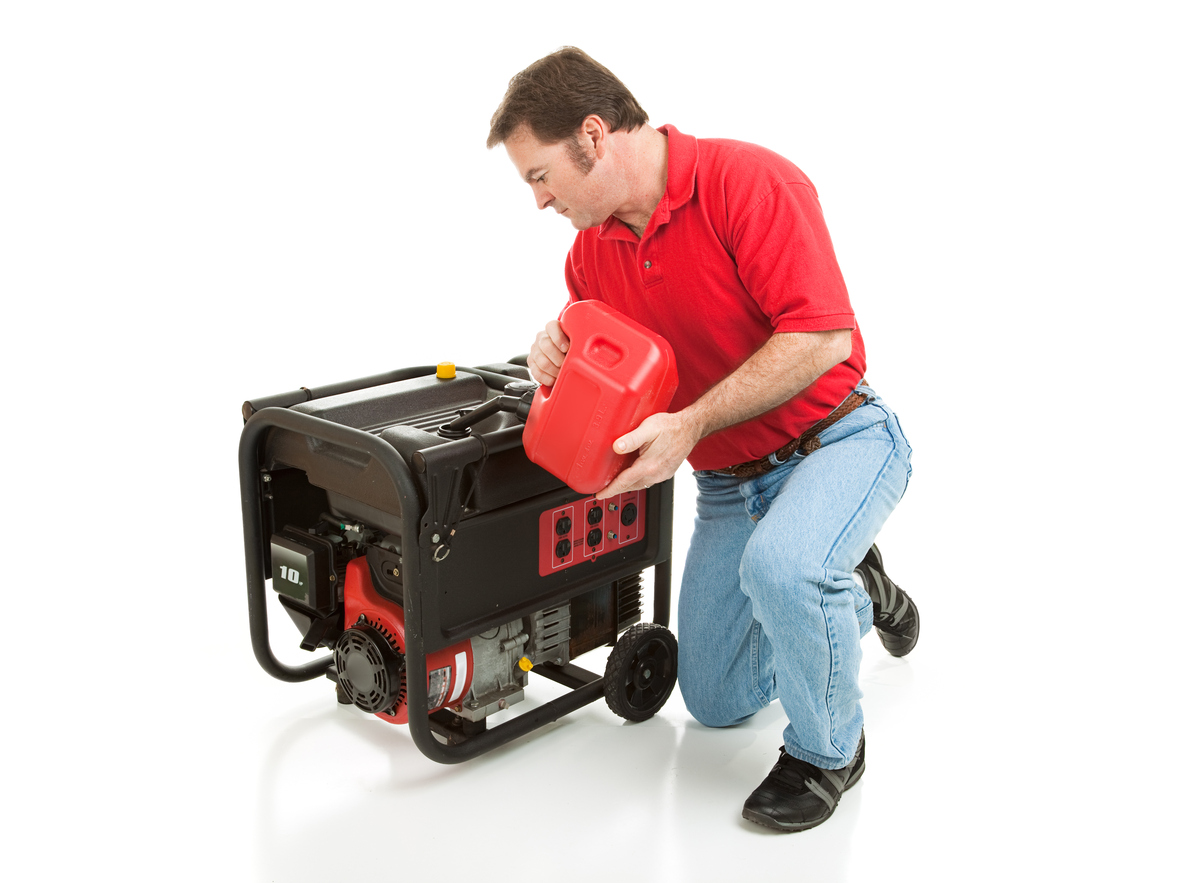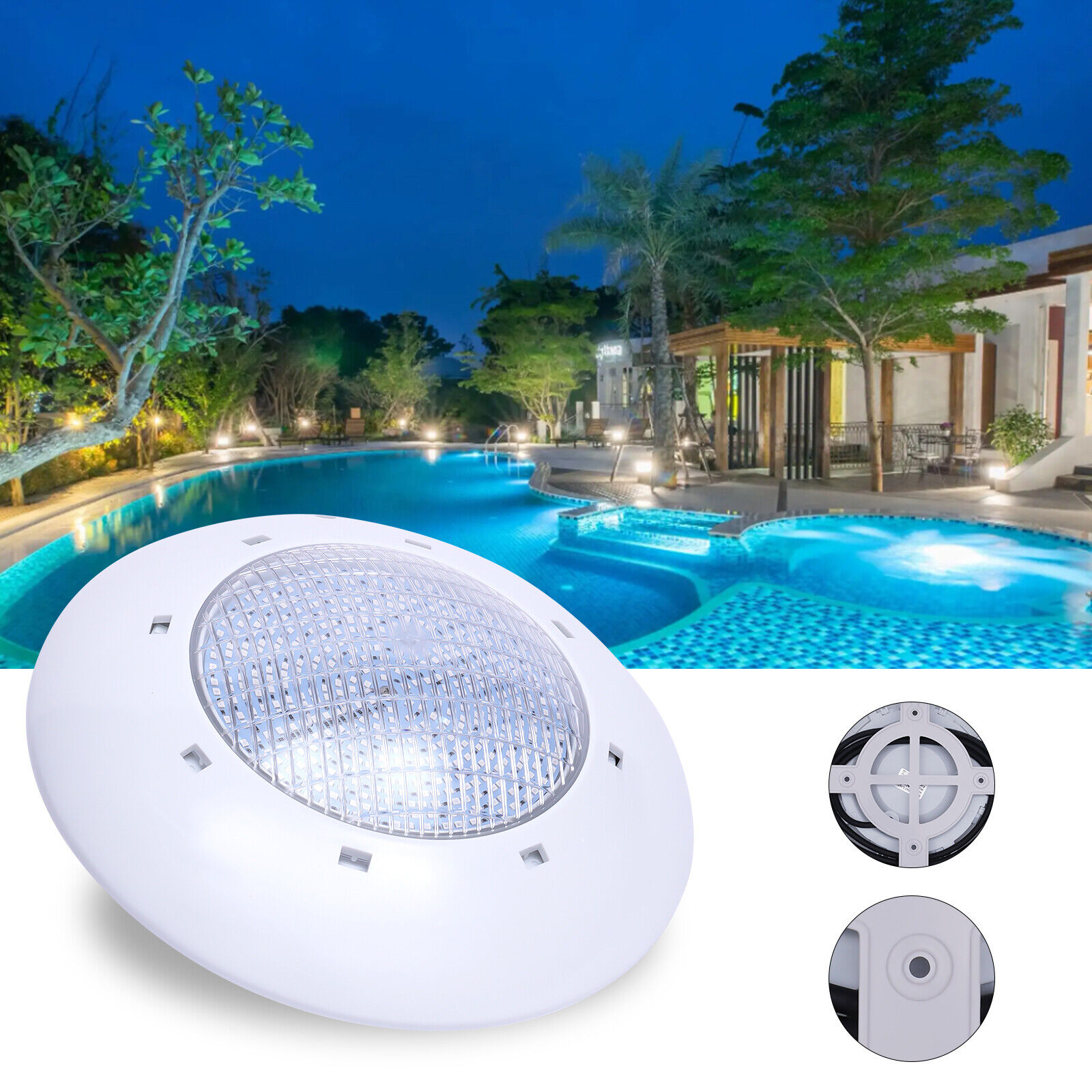
Generators are an important piece of equipment that provides backup power during a power outage, supports off-grid living, and is often essential for outdoor events, construction sites, and emergencies. However, it is crucial to ensure that your generator is in good working order and able to provide the necessary power when needed. In this comprehensive guide, we’ll outline the steps to properly inspect your generator, covering everything from safety, maintenance, and troubleshooting common problems. How To Check A Generator ?
Before diving into a generator inspection, it’s important to review some basic safety tips:
- Be sure to read the manufacturer’s manual for specific instructions and safety guidelines.
- Make sure the generator is off and cool before performing any inspection or maintenance.
- Operate generators in a well-ventilated area to prevent carbon monoxide poisoning.
- Never refuel a running or hot generator, as this can cause a fire or explosion.
- Keep a fire extinguisher and first aid kit nearby in case you need it.
Type of generator
Knowing the type of generator you have is essential for proper maintenance and inspections. There are two main types of generators:
- Portable Generators: These small mobile generators are designed for temporary power and usually run on gasoline or diesel.
- Standby Generators: These are permanently stationary generators that automatically provide backup power when needed. They are usually powered by natural gas or propane.
Each type has its specific maintenance requirements and potential issues, which we will address in this guide.
back to menu ↑Preflight
Before performing a thorough inspection of your generator, consider the following pre-inspection steps:
- Visually inspect the generator for any obvious signs of damage or wear, such as loose parts, corrosion, or leaks.
- Check the manufacturer’s manual for a suggested maintenance schedule and make sure all required service has been completed.
- Verify the generator is stored in a clean, dry, well-ventilated area free of debris and flammable materials.
Basic maintenance
Regular maintenance is essential to keep your generator in top condition. Some basic maintenance tasks include:
- Change the oil and oil filter according to the manufacturer’s recommendations.
- Check and replace air filter as needed.
- Check for and tighten any loose bolts or connections.
- Clean the exterior of the generator and remove any debris or dirt buildup.
Fuel System
The fuel system is an important part of the generator. Please follow the steps below to check:
- Check fuel level and refill if necessary.
- Check the fuel lines for any signs of damage, cracks or leaks.
- Replace the fuel filter according to the manufacturer’s guidelines.
- For gasoline or diesel generators, make sure the fuel is fresh and free of contamination.
Electronic system
Electrical systems are responsible for generating and distributing electricity. The check method is as follows:
- Check the alternator for any signs of wear, corrosion or damage.
- Check that the generator’s control panel is working properly, and verify that all switches, lights, and circuit breakers are in working order.
- Test the battery and replace if necessary.
- For standby generators, verify the functionality of the automatic transfer switch by simulating a blackout.
Solve common problems
Some common generator problems and their solutions include:
- Generator won’t start: Check oil level, battery and spark plugs. Make sure the generator’s control panel is set to the correct mode.
- Insufficient power output: Check the fuel system, air filter and exhaust system for any blockage or damage. Make sure the generator is not overloaded with too many appliances.
- Generator runs but stops suddenly: This could be due to low oil level, overheating, or a faulty sensor. Check the oil, ensure proper ventilation, and check the sensors.
- Unstable voltage or frequency: Verify that the alternator is not overloaded and that the engine speed is correct. For portable generators, make sure they are placed on level ground.
Professional testing
While regular maintenance and troubleshooting can resolve many generator problems, it is recommended to schedule a professional inspection at least annually or follow the manufacturer’s guidelines. Qualified technicians can:
- Perform a thorough inspection of the generator’s mechanical and electrical systems.
- A load bank test is performed to verify the generator’s ability to handle its rated capacity.
- Identify and resolve any potential issues that may not be apparent during routine maintenance.
- Update your generator with any new safety or performance upgrades available.
In conclusion
A reliable generator is essential to provide backup power when needed. By following the steps outlined in this guide, you can ensure your generator is kept in top condition and ready to run when needed. Regular maintenance, troubleshooting common problems and scheduling professional inspections will keep your generator running smoothly and efficiently, providing peace of mind and reliable power during emergencies or off-grid situations.
back to menu ↑Common problem
Q: How often should I perform maintenance on my generator?
A: Maintenance frequency depends on the type of generator, usage and manufacturer’s recommendations. In general, basic maintenance tasks such as oil and air filter checks are recommended on standby generators every 50 hours of operation or at least annually. See your generator manual for specific maintenance guidelines.
Q: How can I tell if my generator’s fuel is contaminated?
A: Signs of fuel contamination include a strong smell, discoloration, or the presence of water or debris in the fuel. If you suspect fuel contamination, it is best to drain the tank and refill with fresh fuel. For gasoline and diesel generators, try to use fuel that is less than 30 days old to minimize the risk of contamination.
Q: How do I know if my alternator’s battery needs replacing?
A: If your alternator is having trouble starting or won’t start at all, the battery may be low or dead. You can measure the battery voltage with a multimeter and compare it to the manufacturer’s specifications. If the voltage drops significantly or the battery is older than three years, it may be time to replace it.
Q: Can I connect my portable generator directly to my home’s electrical system?
A: Connecting a portable generator directly to your home’s electrical system can be dangerous and is not recommended. Instead, use extension cords to connect individual appliances to the generator, or hire a licensed electrician to install a transfer switch that safely connects the generator to your home’s electrical panel.
Q: How much power does my generator need to run my appliances?
A: The power requirements of appliances vary, and you will need to calculate the total wattage of the appliances you plan to use during an outage. Check the label on the unit for its wattage and add them together. Both startup (inrush) and running (continuous) power requirements must be considered. Choose a generator with a capacity that meets or exceeds the total wattage you calculated.













